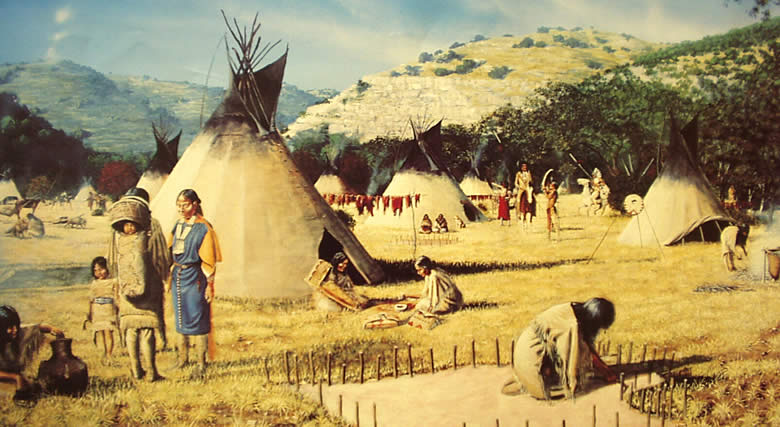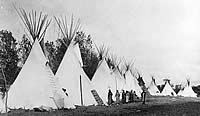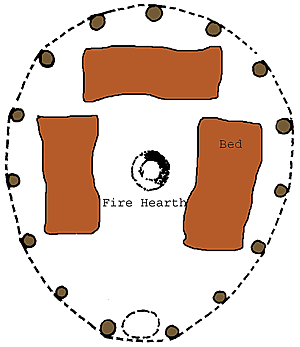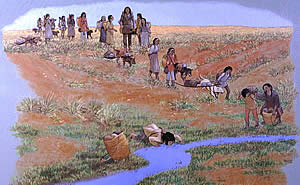Tipis: Early "Mobile Homes"


When you hear the words, "Indian," or "Native American," you might think of tipis. But, as a matter of fact, most Indians did not live in tipis. Tipis were used mainly by Plains Indians, such as the Lipan Apache, Comanche and Kiowa, after the Spanish introduced horses into North America about 500 years ago. Plains Indians groups moved across the Great Plains following migrating herds of buffalo that ranged from Canada to Texas.

Most tipis were relatively small and could hold only four or five people comfortably. The chief's tipi, however, was much larger because tribal meetings were often held there. A dozen or more people could fit comfortably within this larger dwelling. There were no furnishings, such as we might use today. Beds inside tipis were no more than buffalo hide mats and blankets layered on top of piles of grass and hay—very light weight and easily packed up for traveling. A small fire in the middle of the tipi was used for cooking and to provide warmth. Smoke escaped through a hole at the top of the tipi.

When the group was ready to move on, they took apart their tipis to bring with them. The tipi's wooden poles and buffalo hide could be made into a sort of "moving van" called a travois. The travelers packed all their belongings on the travois, a type of sled pulled by dogs and later by horses.
Tipis were used more widely and were built to be much larger after Europeans brought horses to North America in the 1500s. Using "horse-power," Indian groups could carry more possessions, including the much larger tipis and huge wooden poles. The caravans of Indians on horseback and their horse-drawn sleds sometimes stretched for miles.
